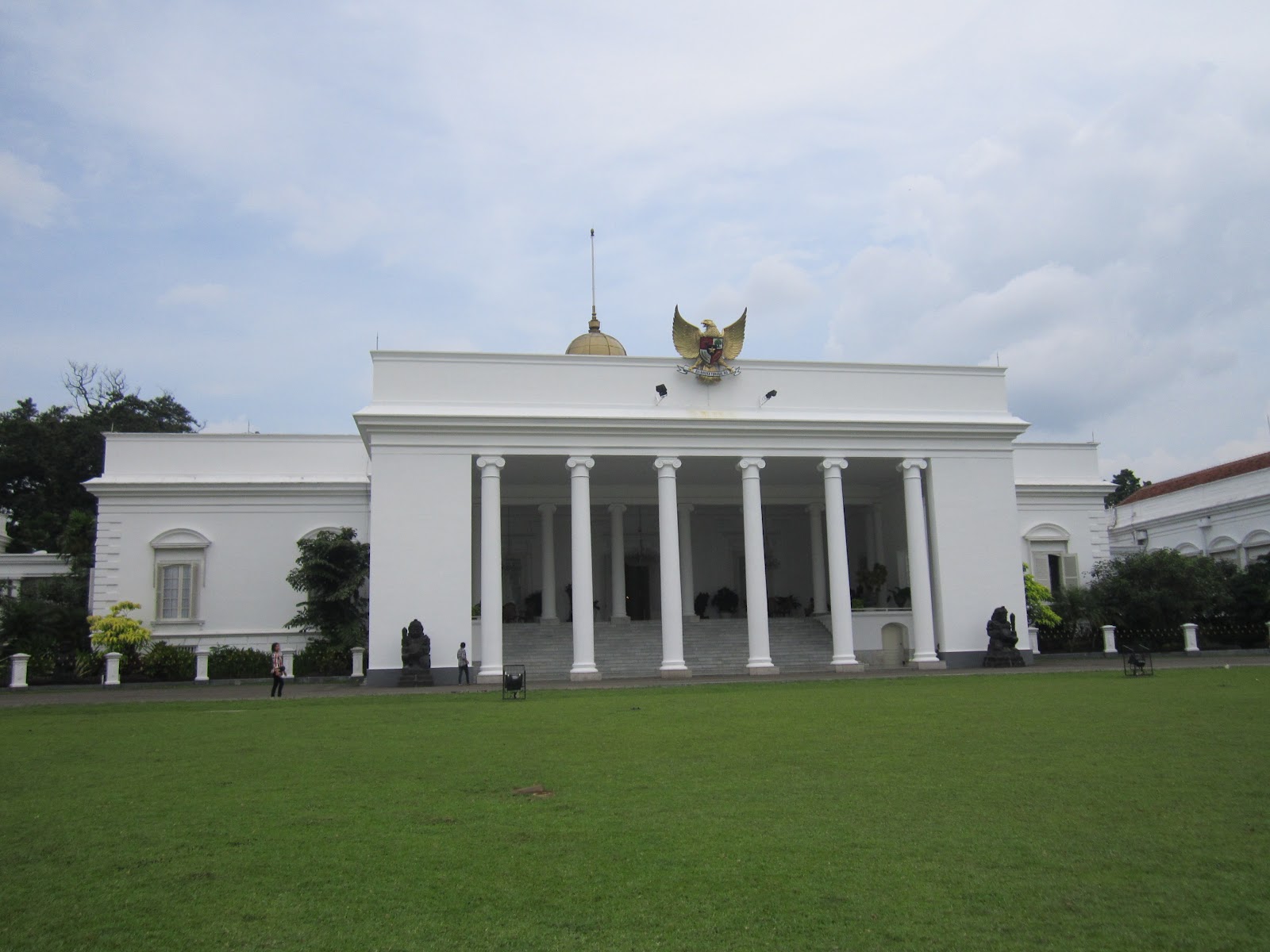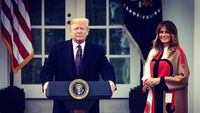

President Theodore Roosevelt created the first designated office for correspondents at the White House. President William McKinley later allowed reporters to work inside at a Second Floor corridor table, and his secretary began a long tradition of more-or-less regular press briefings that is still a primary source of news to this day. During President Grover Cleveland’s second administration (1893–97), William “Fatty” Price emerged as the first reporter known to regularly visit the White House for news stories-initially standing outside the gate waiting to query exiting visitors about their business there. Presidents occasionally granted interviews or their secretaries might speak more often with favorites, but there was no specific group assigned to cover the White House. 1 For most of the nineteenth century, newspaper reporters concentrated most of their government coverage on Congress and its activities. Members of the press have had dedicated workspace at the White House since completion of the West Wing’s first iteration in 1902, but the type and frequency of access to the sitting president varied during the first half of the twentieth century. Workspace for the Emergent White House Press Corps Indeed, the location and extent of the press quarters in history documents the evolution of this relationship over the course of the twentieth century as it was impacted by changes in technology, media, and reporting methods used by the press and the president throughout the twentieth century. Its location in one of the oldest parts of the White House, nestled between the fabled residence and the West Wing, is evidence alone of the key role the news media has come to play as an intermediary between the public and the executive branch of the United States government. Brady Press Briefing Room holds both symbolic and functional significance. In light of the relationship between the press and the president, the James S. The General Services Administration (GSA) worked in collaboration with the White House and the Alexandria, Virginia, architecture and engineering firm of Vosbeck, Vosbeck, Kendrick & Redinger to complete the project, which incorporated a one-story Briefing Room installed over the swimming pool built for President Franklin Delano Roosevelt in 1933 and two floors of work and broadcasting areas to the east of the pool, toward the White House proper. Its construction was both an acknowledgment that the press had become an integral part of the presidency and an effort to provide a more casual alternative for communication between the West Wing and the White House press corps. Nixon, this facility stands as the culmination of decades of increased press presence at the White House.

Although generally referred to as the White House Press Briefing Room, one of the early project names-the West Terrace Press Center-more accurately takes in its trio of primary functions: press briefings and conferences, workspace, and broadcasting. Brady Press Briefing Room has been the on-grounds quarters for the White House correspondents and news photographers since its construction in 1969–70.


 0 kommentar(er)
0 kommentar(er)
